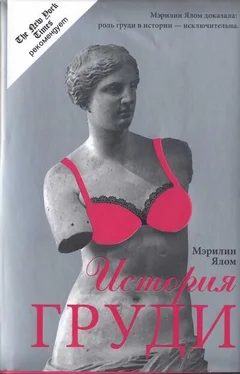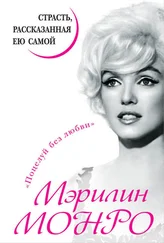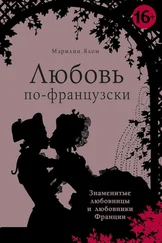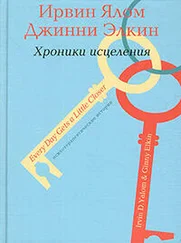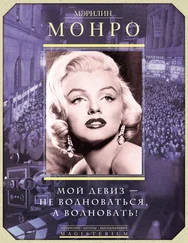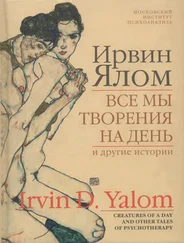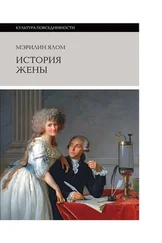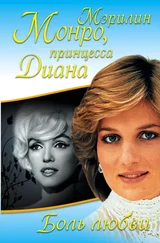Эта дискуссия заимствована мною из книги Atkinson, с. 58–60, и ее ссылок на The Golden legend of Jacobus de Voragine, издание Grander Ryan and Helmut Rippeger (New York: Arno Press, 1969), c. 714. См. также: Donald Weinstein and Rudolph M. Bell, Saints and Society, c. 24–25, об историях кормления грудью из жизни святых.
Nicholas Love, «The Myrrour of the Blessyd Life of Christ», в The Oxford Book of Late Medieval Verse and Prose (Oxford: Clarendon, 1985), c. 96.
Цитируется по книге Satia and Robert Bernen, Myth and Religion in European Painting, 1270–1700, c. 172. В оригинале это выглядит так: «L’enfant prend la mamelle / Et lacté pascitur. / C’est du lait de pucelle / Quod non corrumpitur. / La chose est bien nouvelle / Quod virgo mater est. / Et sans coulpe charnelle / Hic puer natus est.»
John Calvin, Tracts and Treatises on the Reformation of the Church, издание Hen Beveridge, том 1, c. 317.
Françoise Loux, Le Corps dans la Société Traditionnelle, c. 154.
Фотографию этих хоров можно найти в книге Isabel Mateo Gomez, Temas Profanos en la Gdtica Espanola — Las Sillerias de Coro (Madrid: Consejo Superior de Investigaciones Cientificas, Institute Diego Velazquez, 1979), ил. 106.
Johan Huizinga, The Waning of the Middle Ages, c. 159.
Anne Hollander, Seeing Through Clothes, c. 187.
Romi, La Mythologie du Sein, с. 29.
Там же, с. 30.
Dominique Gros, Le Sein Dévoilé, c. 27.
Pierre Champion, La Dame de Beauté, Agnès Sorel, c. 39.
Peter Fryer, Mrs. Grundy: Studies in English Prudery, c. 172–173.
В оригинале цитата из Вийона звучит так: «Ces genres épaulés menues, I Ces bras longs et ces mains trahisses, / Petits tetins, hanches charnues».
Соответствующие строки из стихотворения поэта XV века Грациана Дюпона звучат так: «Tes tetins sont: blancz, rondz comme une pomme / Sy durs et fermes; que jamays en veit homme / Loing lung de laultre» (цитата из Alison Saunders, The Sixteenth-Century Blason Poétique, c. 63).
Ludovico Ariosto, Orlando Furioso (Bari: Laterza, 1928), c. 14. В оригинале: «Vengon e van come onda al prima margo».
Цитата из Naomi Yavneh, «The Ambiguity of Beauty in Tasso and Petrarch», в Sexuality and Gender in Early Modem Europe: Institutions, Texts, Images, издание James Grantham Turner, c. 141.
Agnolo Firenzuola, Of the Beauty of Women, перевод на английский язык Clara Bell, с. 76.
J. Houdoy, La Beauté des Femmes dans la Littérature et dans l’Art du Xlle au XVIe Siècles, c. 96.
Подробный отчет о жизни Франко см. в книге Margaret R. Rosenthal, The Honest Courtesan: Veronica Franco, Citizen and Writer in Sixteenth-Century Venice.
Mila Contini, Fashion from Ancient Egypt to the Present Day, с. 118.
Я благодарна историку Джудит Браун за эту цитату из Гуидо Руджеро. См. также: Guido Ruggiero, Binding Passions: Tales of Magic, Marriage, and Power at the End of the Renaissance, c. 48–49.
Hollander, Seeing Through Clothes, c. 188–198, 203–204.
Историк искусства Линн Лоунер обратила внимание, что на многих картинах куртизанки либо указывают на свою грудь, либо накрывают ее ладонью. В этом она видит реминисценции из религиозных источников прошлого. И все же, несмотря на некоторые аллюзии древних фигур богинь, такие картины, как полотно Пэрис Бордон «Куртизанка» (Национальная галерея Шотландии, Эдинбург), полотно Палмы Веккио «Портрет женщины» (Staatliche Museen Preussicher Kulturbesitz, Berlin), полотно Джулио Романо «Булочница» (Национальная галерея, Рим), определенно обладают примитивной эротикой. (Lynne Lawner, Lives of the Courtesans, c. 96.)
Keith Thomas, Religion and the Decline of Magic, c. 445–446.
Anne Llewellyn Barstow, Witchcraze: A New History of the European Witch Hunts, c. 129–130.
Jim Sharpe, «Women, Witchcraft, and the Legal Process», в Women, Crime, and the Courts in Early Modem England, издание Jenny Kermode and Garthine Walker, c. 109–110.
Barstow, c. 144.
Margaret L. King, Women of the Renaissance, c. 144,146.
В оригинале написано: «Mais petite boulle d’ivoire, / au milieu de qui est assise / Une Fraise ou une Serise… Quant on te voit, il vient a maintz / Une envie dedant les mains / De te taster, de te tenir: / Mais il se fault bien contenir / D’en approcher, bon gre ma vie, / Car il viendrait une autre envy. I …A bon droit heureux on dira / Celuy qui de laict t’emplira / Faisant d’ung tetin de pucelle / Tetin de femme entière et belle.» (Pascal Laine and Pascal Quignard, Blasons Anatomiques du Corps Féminin, c. 51–52.)
В оригинале написано: «Tetin, qui n’as rien que la peau, / Tetin fiat, Tetin de drap-peau… Tetin au grand villain bout noir / Comme celuy d’un entonnoir, /…Tetin propre pour en enfer / Nourrir les enfans de lucifer. / Va, grand vilain tetin puant, / Tu foumirois bien, en suant, De civette & de parfuns, / Pour faire cent mille defunctz»& (Там же, с. 118, 121.)
Эта дискуссия обязана своим появлением книге Lawrence D. Kritzman, The Rhetoric of Sexuality and the Literature of the French Renaissance.
Сонет 8 Луизы Лабе начинается так: «Je vis, je meurs: je me brule et me noyé» (Louise Labe, Oeuvres Completes, издания Enzo Giudici, c. 148).
Подлинные строки Сонета IV Луизы Лабе таковы: «Depuis qu’Amour cruel empoisonna / Premierement de son feu ma poitrine, / Tousjours brulay de sa fureur divine, / Qui un seul jour mon coeur n’abandonna». (Там же, с. 144).
Читать дальше
